
The Doctors suggested that we take a drive out to Kapunda to experience the Anlaby Spring Festival. It was a beautiful, sunny Sunday afternoon and well worth the drive.
Anlaby Station, established way back in 1839, is South Australia’s oldest merino stud and widely considered to be one of the state’s finest heritage properties.
Today’s flock of Merinos is directly descended from a small flock of sheep Frederick Dutton herded all the way from New South Wales to Kapunda. Think of it as Lonesome Dove except in Australia instead of Texas, and with sheep instead of cattle. Sheep take very small steps, so the marathon drive took six months.
Dutton started with a grazing lease on a mere 120 acres along the Light River, but within 30 years he had built an empire that covered 100 square miles of land and numbered more than 60,000 sheep. The vast, nearly unimaginable wealth created from all that soft Merino wool allowed Dutton to build Anlaby into one of the most legendary South Australian properties of the Victorian and Edwardian eras.
As the decades passed, the station changed hands over and over again. Eventually, the land was sold off piece by piece and the buildings were allowed to deteriorate. Finally, not too many years ago, new owners took over and dedicated themselves to rebuilding the glory of the past. They’re also acquiring adjacent properties that were once part of the huge station.
The homestead, originally built in 1861, sits within 10 acres of immaculate Edwardian gardens. It is flanked by a series of beautiful outbuildings including stables, workers cottages and sheds. It feels a bit like a small English village because it was located in the middle of nowhere and had to be fully self-sufficient. In addition to fully-restoring the Homestead, the current owners have worked similar magic with the Coachman’s Cottage, the Head Gardener’s Cottage, the Manor House, the Clydesdale Pavilion, the Peacock Aviary, the Old Conservatory, tennis courts, blacksmith shop, and of course, those Gardens.
I don’t know who I admire more — pioneers like Dutton who had the brains and guts and strength to build something out of nothing, or the current owners who have invested a small fortune to bring it back to what is once was. Flip a coin. I’ll take either side.
Here’s what Anlaby Station looked like back in the 1860s.
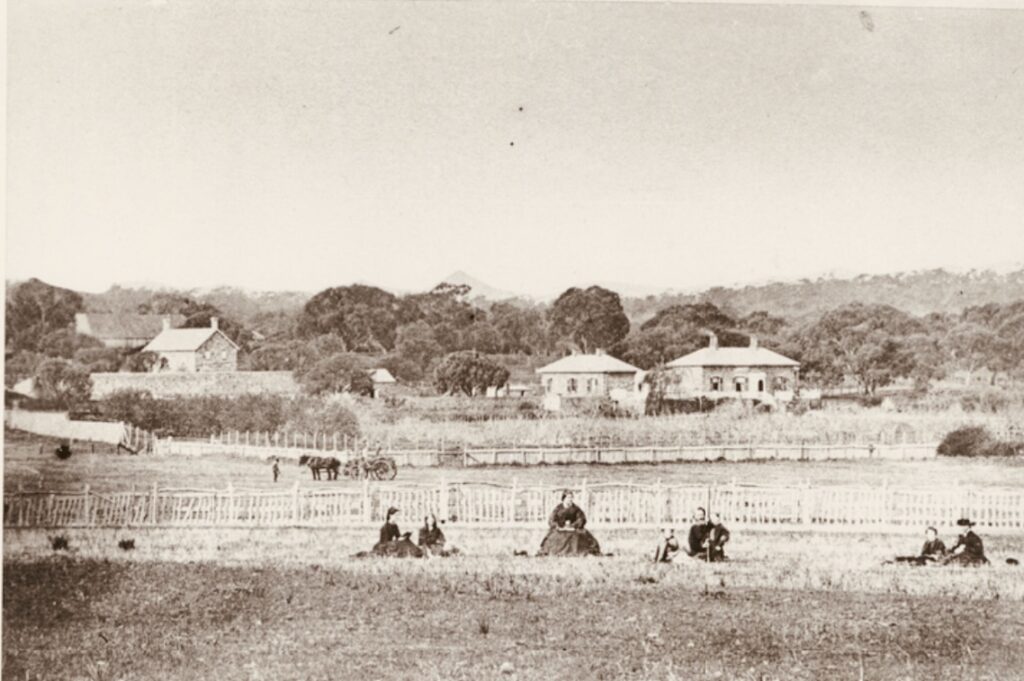

Here’s what the restored Homestead looks like today.

Here’s the Homestead and the Main Terrace.

And as seen from the grass tennis court.

Two beauties: the Manor House and Jamie.
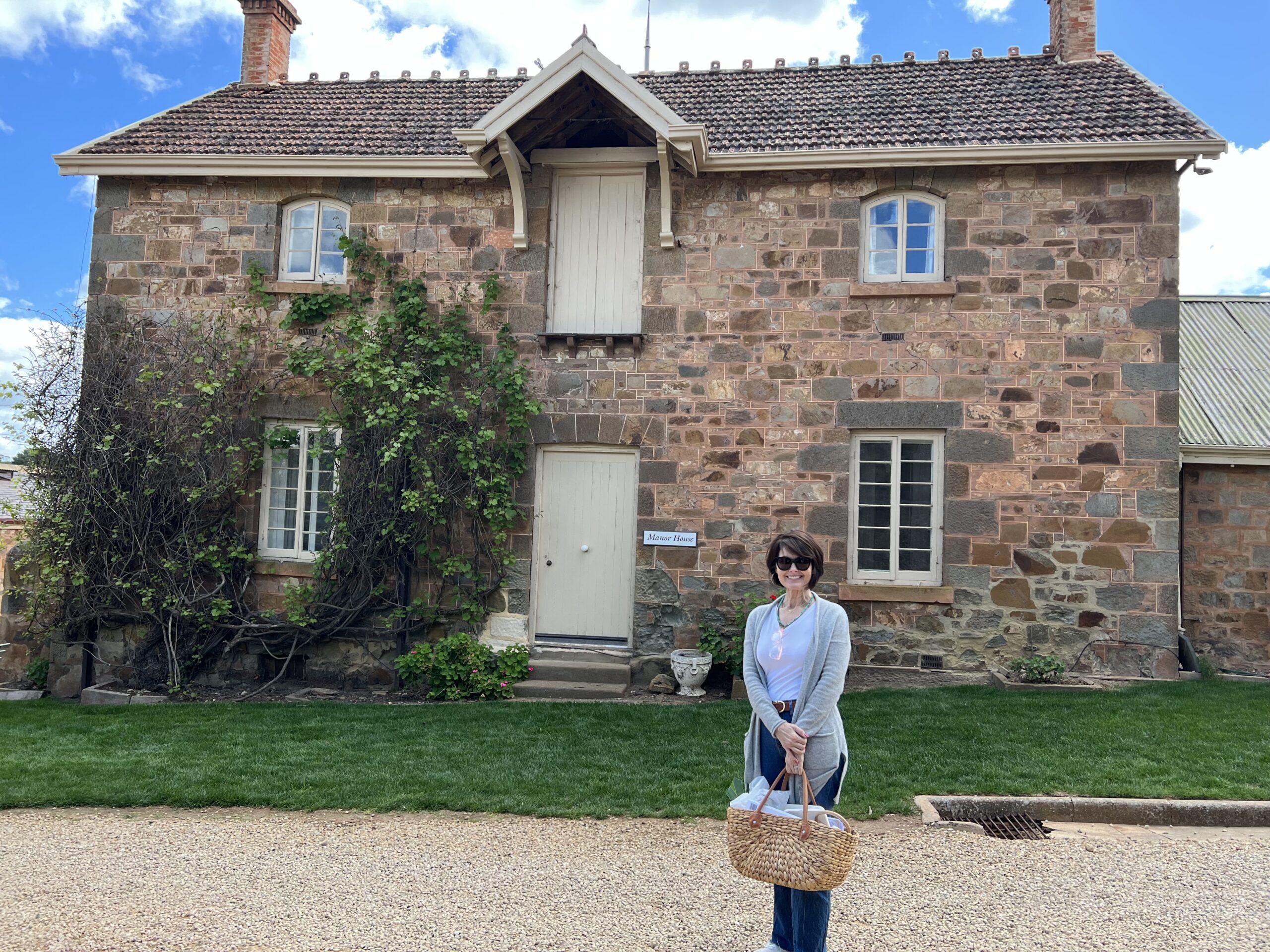
Jamie learning about Clydesdale horses from a very proud stable master. Look at the pride on his face in the second photo.
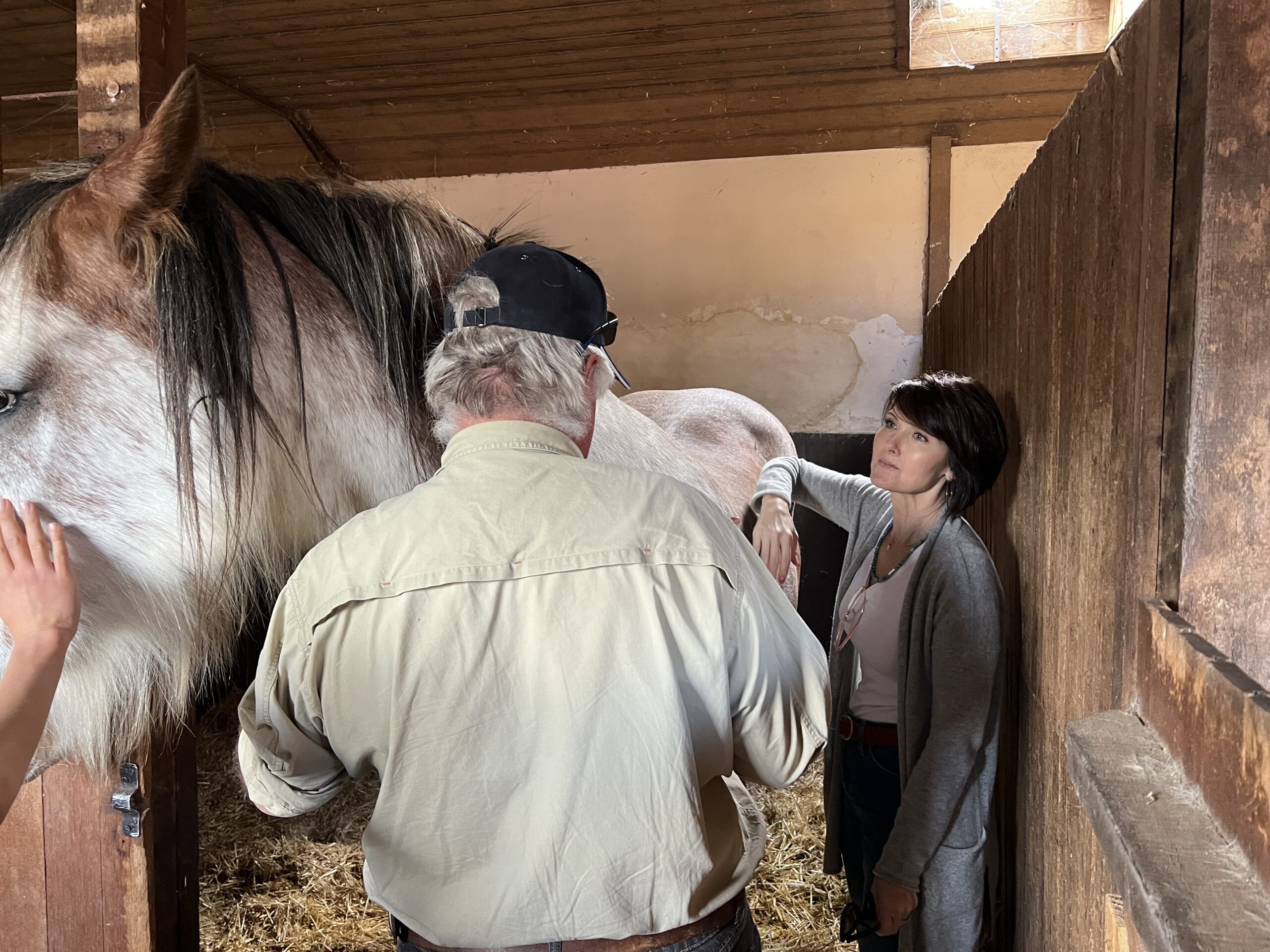
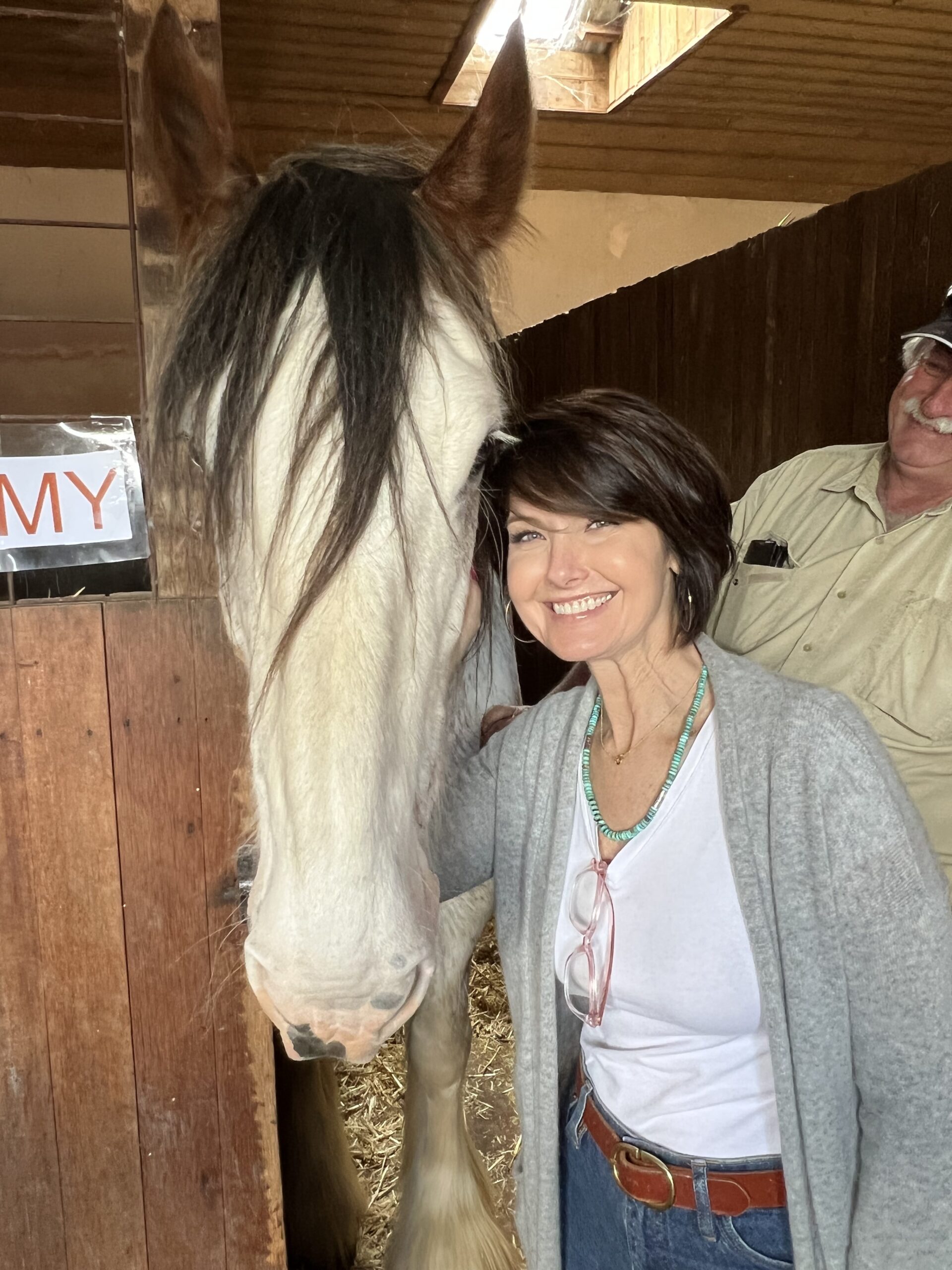
The head gardener’s cottage, built back in the 1850s, is now at pricey bed and breakfast.

Entertainment at the Spring Festival. It wasn’t all this classy, though. Down at one end of the tennis court, some guy was singing sappy songs from the ’70s and ’80s.

If it weren’t for the eucalyptus trees and other Australian natives, it would feel like you were strolling through an English garden.
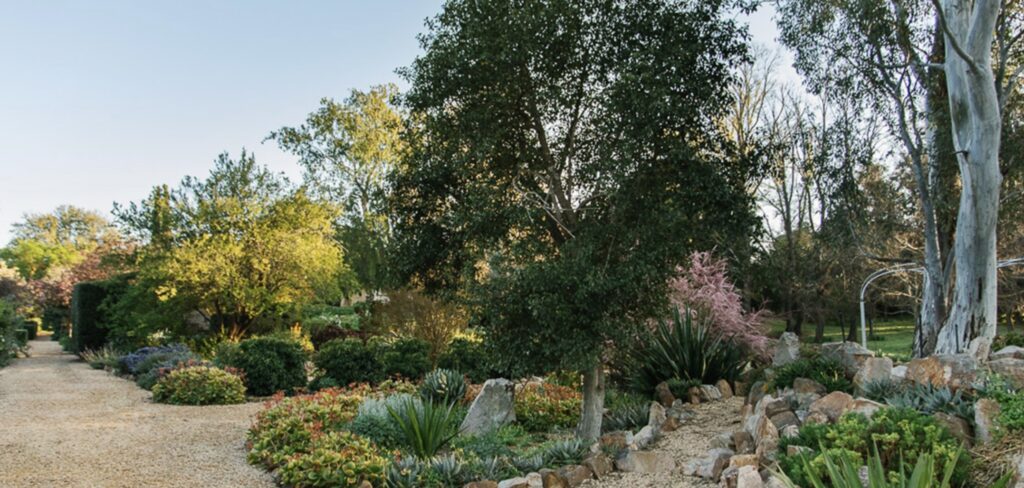
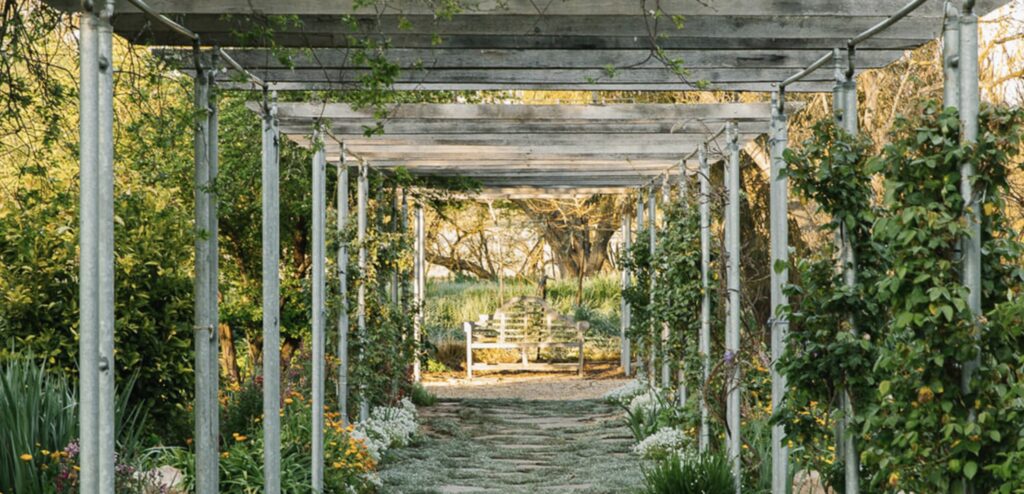
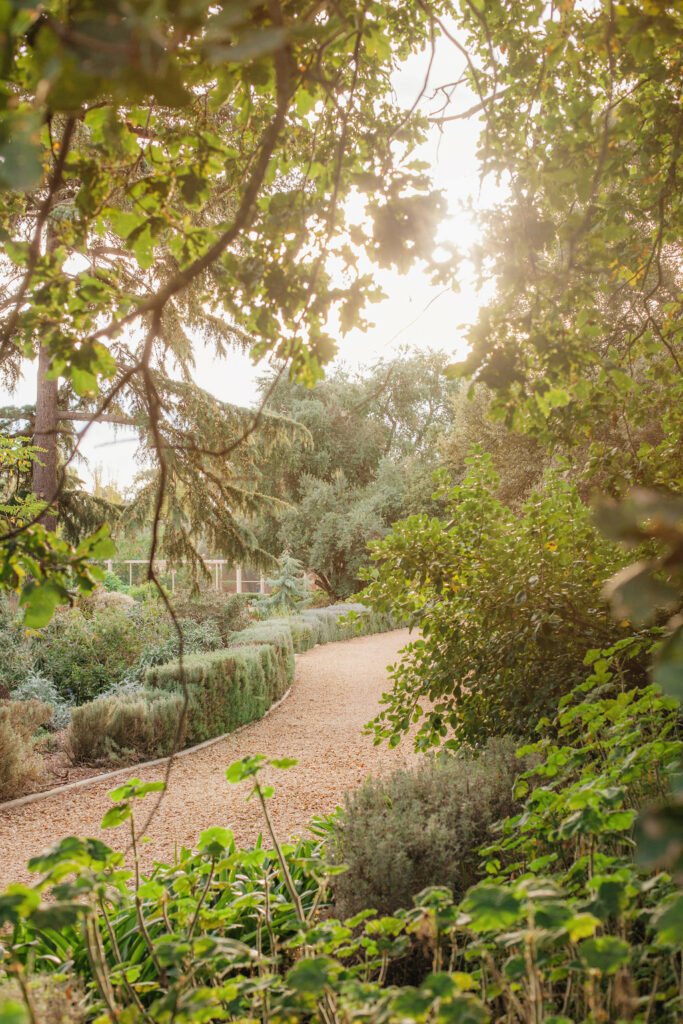

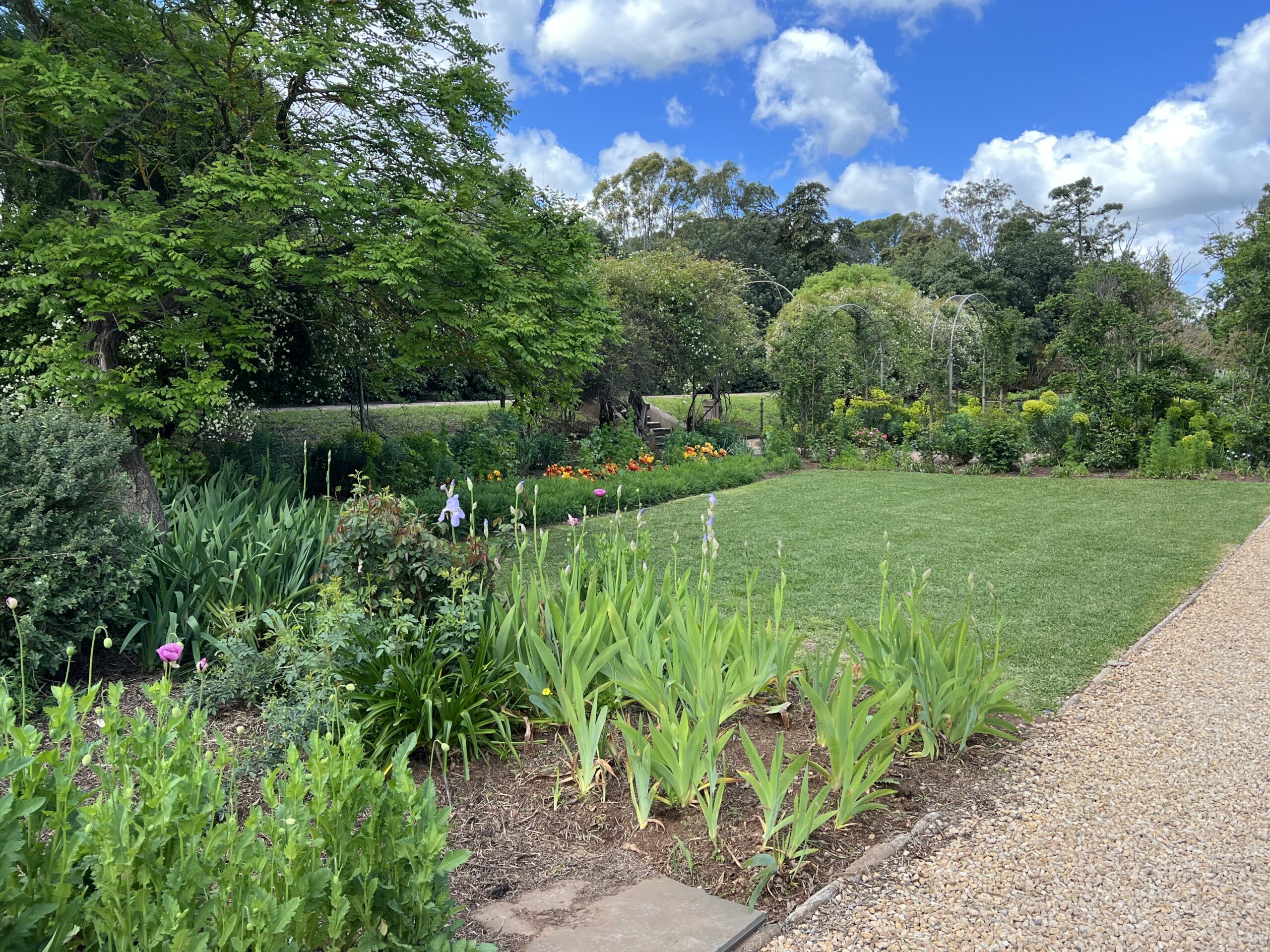

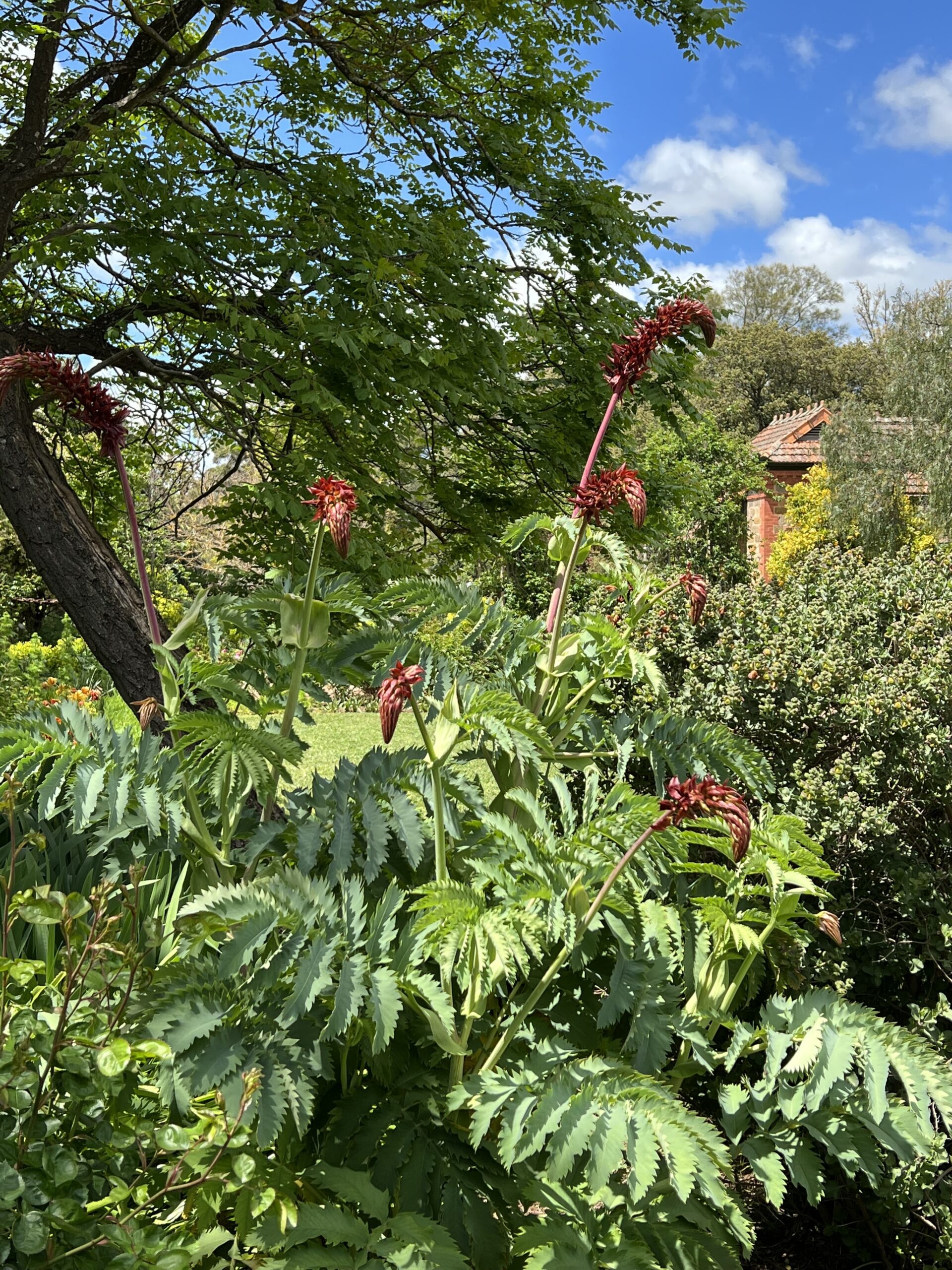
Of course, you can’t maintain ten acres of gardens without an extensive complex of greenhouses and ”starter” gardens.
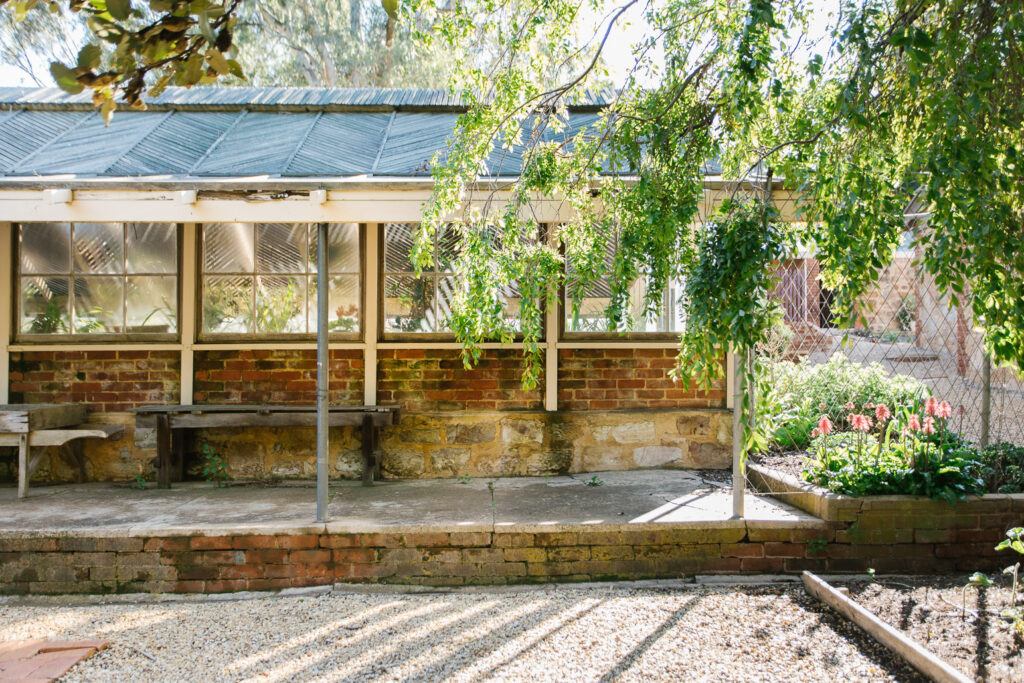
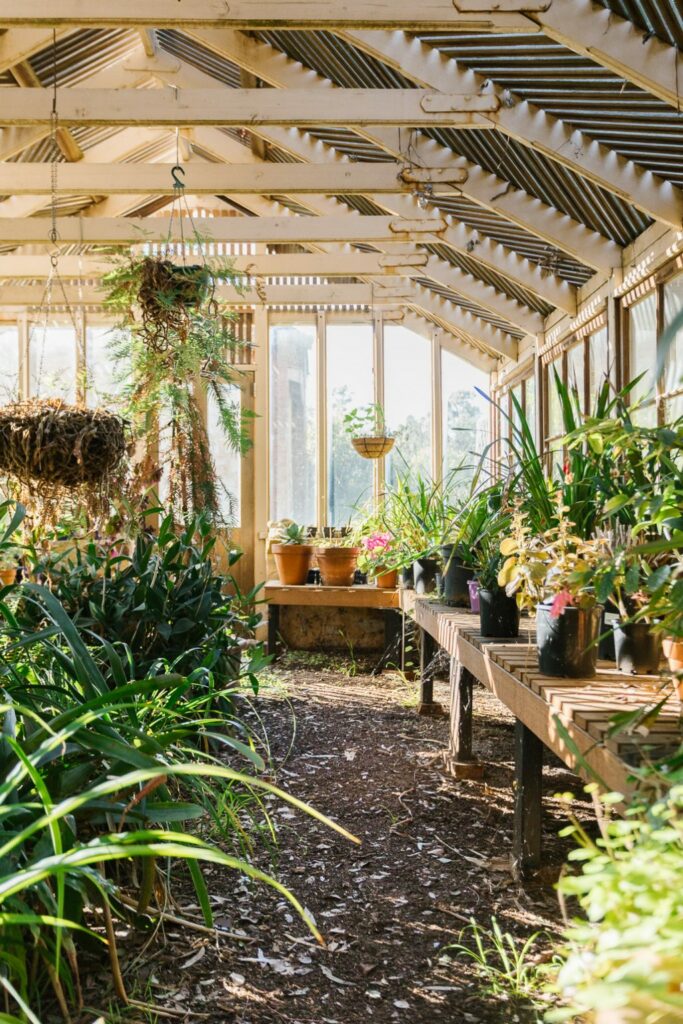
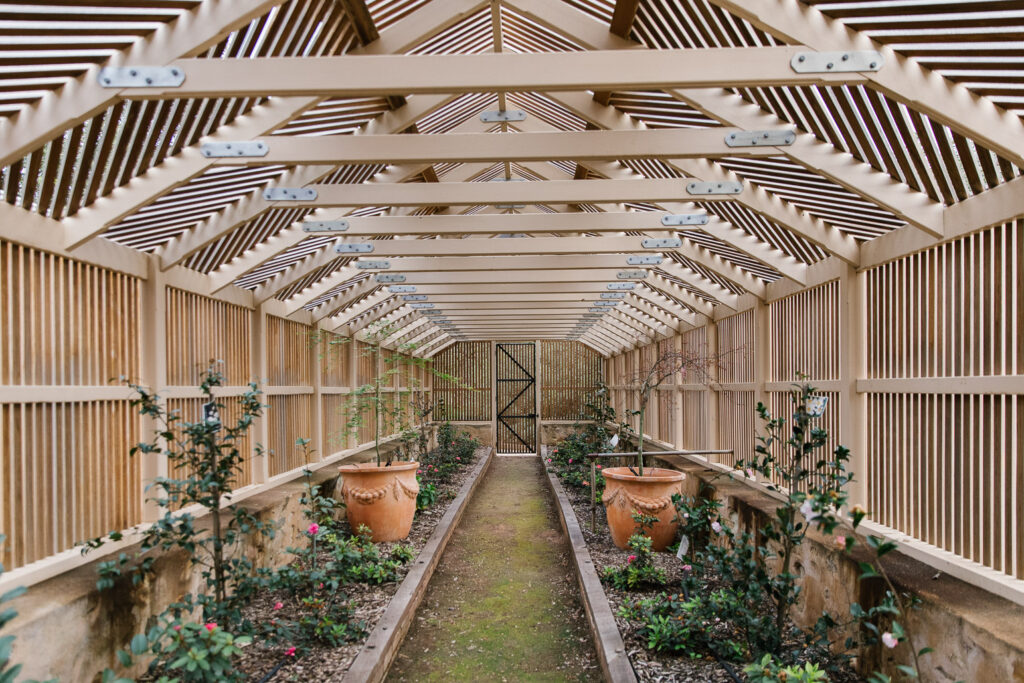

And, finally, all this opulence was funded by the soft wool shorn from flocks of Merino sheep. Huge flocks of Merino sheep.
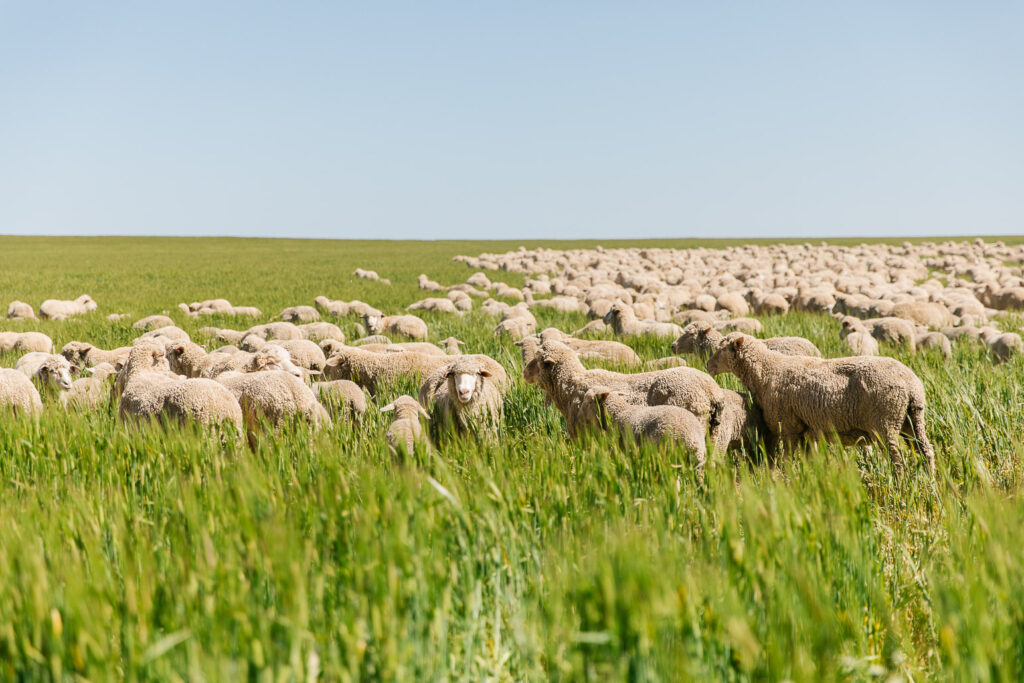
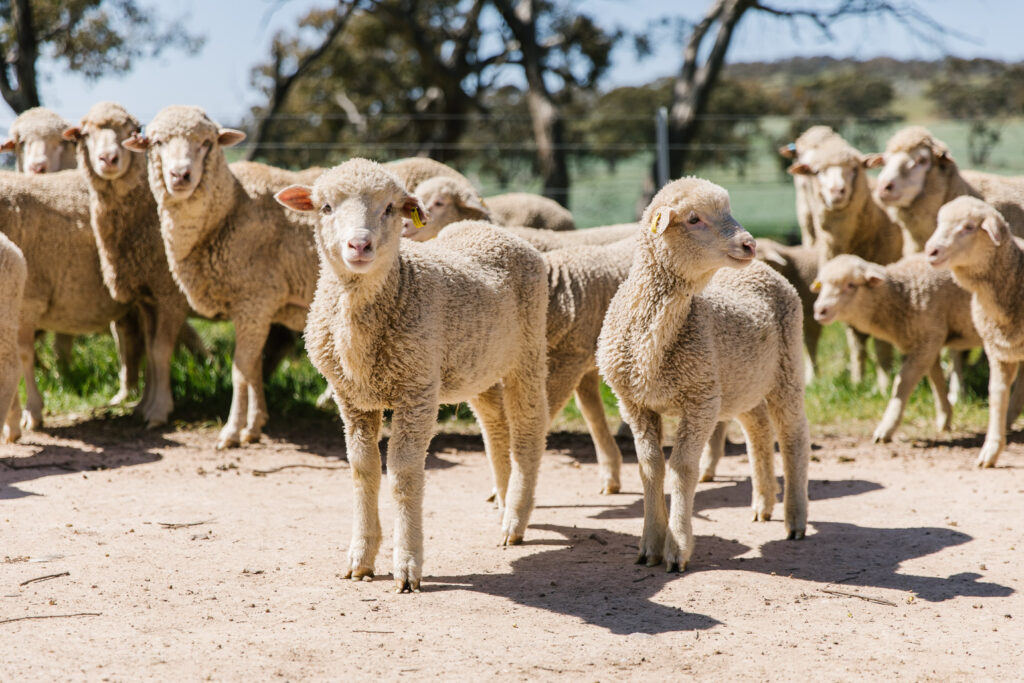

Love those Clydesdales.
Another great postcard from Australia. Enjoying the content.
Thanks, Kenny.
I didn’t know you could sing…and remember the words from the ‘70s.
Beautiful. Really interesting.
Jamie, your photos and story are magnificent. Can we go there with you and Jim soon?
An afternoon tea with scones, jam and cream would complete a perfect outing. Maybe they are available, or I can bake some beforehand. x x
They were serving a Devonshire tea at the Spring Festival, but I don’t know if it’s something they do on a regular basis. I’ll check and get back to you.